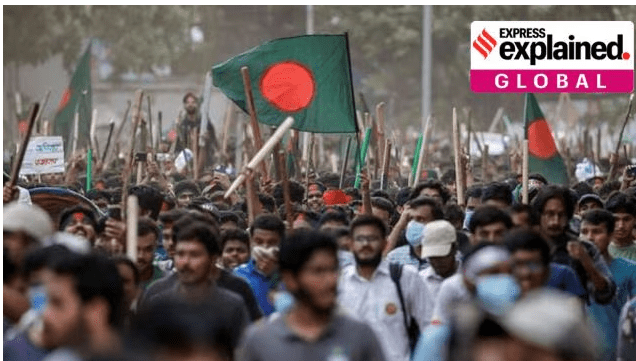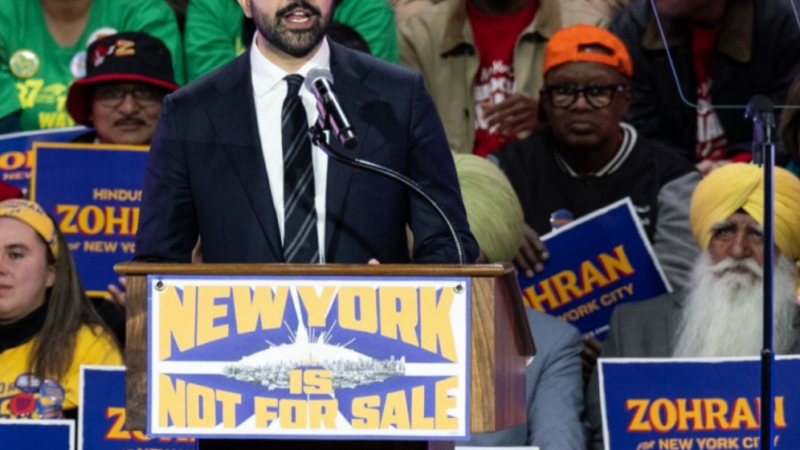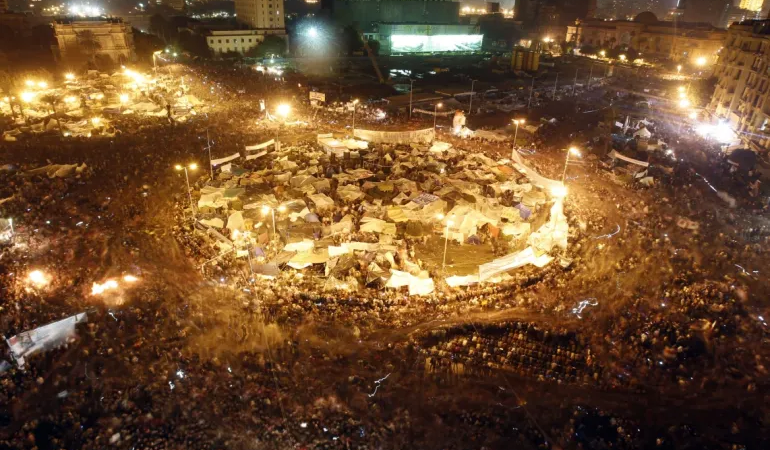Why are students demonstrating in Bangladesh?

Internet shutdowns prevailed across Bangladesh for a fifth day on Monday (July 22) even as a sense of calm prevailed following the ruling by the Appellate Division of Bangladesh’s Supreme Court the previous day (July 21) to reduce the quotas in government jobs. The latest order dismisses a ruling by the lower court, and comes amidst nationwide protests that have left 114 people dead and thousands injured as of Sunday evening.
According to the Associated Press, the quota for descendants of the country’s freedom fighters will now be reduced to 5%, with 93% of jobs to be allocated on merit. The remaining 2% will be set aside for members of ethnic minorities and transgender and disabled people.
However, protestors have vowed to continue their demonstrations, even setting a 48-hour deadline to ensure their key demands are met, including the release of those jailed, and the dismissal of officials responsible for the violence.
These developments follow a nationwide curfew with a “shoot-on-sight” order, first imposed by Prime Minister Sheikh Hasina’s government on Friday (July 19) evening, which was indefinitely extended on Sunday. The shutdown was marked by military deployment to maintain order after weeks of violence. The government had also declared Sunday and Monday (July 22) public holidays with only emergency services allowed to operate.
The situation was inflamed by a statement from Prime Minister Sheikh Hasina on July 14, appearing to equate the protesters with the descendants of razakars, mercenary collaborators of the Pakistan military who led a brutal campaign of murder and rape in which up to 3 million Bangladeshis are estimated to have been killed in the space of a few months in 1971.
A Reuters report cited some analysts as saying the violence was now being driven by wider economic discontent, including high inflation, growing unemployment, and shrinking foreign exchange reserves.
Sparked by a court order
On June 5, the High Court Division of the Supreme Court of Bangladesh (commonly known as “High Court”; the other division is the Appellate Division) ruled on a suit filed by the “children of nationally recognised freedom fighters”, restoring the 30% reservation and striking down a circular issued by the government in October 2018, which had scrapped the freedom-fighter and other quotas.
The 2018 decision had been announced by Prime Minister Hasina ahead of the national elections that took place in December that year. Students and teachers had been protesting since April, demanding that quotas be capped at 10%. There had been violence, though at a smaller scale than this week, and protesters had clashed with police and members of Bangladesh Chhatra League, the students’ wing of Hasina’s ruling Awami League party.
This time too, the government has said it agrees with the students. It has appealed to the Supreme Court, which has suspended the High Court’s order and will hear the matter on August 7. Hasina has asked the protesters to be patient until then.
Article 29(1) of Bangladesh’s 1972 Constitution says “there shall be equality of opportunity for all citizens in respect of employment or office in the service of the Republic”. However, under Article 29(3)(a), the state can make “special provisions in favour of any backward section…for the purpose of securing their adequate representation in the service of the Republic”.
The High Court’s June 5 order provides a summary of how the country’s reservation policy has worked. The system was notified on September 5, 1972, reserving 30% of government and semi-government posts for freedom fighters, and 10% for women. After the assassination of Bangabandhu Sheikh Mujibur Rahman, the founder of Bangladesh, in August 1975, however, the quotas were effectively frozen until 1996 — when Hasina became Prime Minister for the first time. Benefits of the freedom fighters’ quota were subsequently extended to their sons and daughters.
After the Awami League lost power in 2001, the process of implementation of the quota slowed down again. But Hasina returned as Prime Minister in 2009 and, two years later, the quota benefits were also made available to the grandchildren of freedom fighters.
The withdrawal of the quota in 2018 was challenged in court. In its June 5 order, the High Court ruled the government’s decision was arbitrary — and that the freedom fighters and their progeny remained one of the most backward sections of the country’s citizens.
Economy and employment
More than two-thirds of Bangladesh’s 170 million population is the working age group of 15-64, and more than 25% are between the ages of 15 and 29 according to data from the International Labour Organization (ILO).
Bangladesh Bureau of Statistics data quoted by the Bangladeshi daily Prothom Alo say 1.8 million to 1.9 million young people join the job market every year. (Bangladesh government websites were not accessible on Thursday evening.) Besides the 30% quota for freedom fighters, there are 10% quotas each for women and backward districts, 5% for members of tribal communities, and 1% for persons with disabilities, taking the total reservation to 56%.
Government jobs are highly coveted due to their promise of stability and a guaranteed income. Many of Bangladesh’s export oriented enterprises are yet to recover from the disruption caused by Covid-19 and the war in Ukraine.
However, only 3.5 lakh appointments were made to government posts in the 2019-23 period, Bangladesh Sangbad Sanstha quoted Public Administration Minister Farhad Hossain as telling Parliament in February. More than 5 lakh posts remain vacant, Hossain said.
A fraught national history
In an early reaction to the violence, Hasina asked rhetorically why the protesters resented the freedom fighters’ quota, and whether they believed that the benefits should instead go to the “grandchildren of razakars”, using a derogatory word that carries grim historical baggage.
The razakars, literally “volunteers”, were a paramilitary force set up by Pakistan’s General Tikka Khan in 1971 to facilitate Islamabad’s control over East Pakistan, and to crush the liberation movement that the Bangabandhu was leading at the time. The collaborationist razakars, working alongside Pakistan’s armed forces, were behind some of the worst atrocities perpetrated on the Bangladeshi people.
In the popular Bangladeshi memory, razakars are often remembered with greater resentment than even the Pakistani army and bureaucracy. Over the years, the Awami League has often referred to its critics and dissidents — constituted in large measure by Islamists and pro-Pakistan elements — as razakars.






